As many of you will know, this time last week I was in deepest darkest Dorset, doing a spot of camping and walking in the course of my activities. Not everyone’s cup of tea in January, granted, but the resulting pictures were well worth enduring the cooler temperatures. With this in mind, I thought it would be nice to give you an expert’s view on how to properly suit up for your photo excursions. And so…
Today’s guest post is written by Gareth from outdoor etailer Webtogs. He knows his stuff, so you might want to have a pencil and paper handy.
Giles initially asked me to put together a guide on the best stuff to stay warm. As I started to write it though, I decided I was getting ahead of myself and I needed to get back to basics. So today I am looking at the layering system, what it is, and why it’s important when you are heading out to do any kind of outdoor activity.
Now you may have heard about the layering system before and are wondering just what do people mean by it? Simply put, the layering system enables you to change or adjust your clothes and remain comfy with whatever variety of conditions Mother Nature might throw at you. It does this by utilising multiple layers that manage sweat, trap air to keep you warm and protect you from the elements. You can then shed or put on layers based on how hot or cold you are – many thinner layers being better at doing this job than just one thick layer.
These layers can be broken down in to three distinct categories to do three very different jobs.
1) Base Layer – Not a position in a choir but the bottom of our layering system that goes next to your skin. Its job is to get rid of the sweat you produce.
2) Mid layer – This is the bit that delivers the warmth, trapping air and keeping you snug.
3) Shell Layer – The protection from the elements, wind, rain and snow.
Job numero uno is to push or wick sweat away from your skin, keeping you cool in summer and stopping cold sweat hanging around to give you chills in winter. A base layer is the next to skin layer – so that’s undies, shirts, long johns & vests. Cotton is a no-no as it keeps moisture close to your skin, so my first tip is ditch the T-shirt when heading outside.
My top choices are synthetic or merino wool base layers, based on what the weather is doing.
Synthetics
- Wick sweat quickly
- Dry quickly
- Inexpensive
- Can pong after a day or two!
- My choice for summer
Merino Wool
- Adds an element of insulation.
- Wicks sweat and dries OK, but not as quickly as a synthetic
- Doesn’t pong!
- My choice as a winter
Bring the warmth people, time for the mid layer. This part of the puzzle does the lions share of keeping you warm. There are a variety of different examples you can get – from your standard fleece, synthetic fabrics such as Primaloft, through to goose down (puffy jackets) and merino wool which can also be used as a mid layer in it’s thicker varieties. We’ve gone through these in more detail in our guide to Insulation here, but in short:
- Goose Down – Best as an outer layer or mid layer for really cold conditions.
- Merino wool – Great for long journeys as it doesn’t pong and is seriously environmentally friendly.
- Synthetic Insulation – Gives warmth when wet, so a good contender for UK conditions.
- Fleece – Our pick of the bunch for starting out and as a general all rounder.
I reckon that nearly everyone has a fleece layer somewhere in their wardrobe and as the best value and all rounder, it would be my first choice for UK conditions. It wicks, is breathable, drys quickly and retains heat brilliantly if protected by an outer shell. You can get differing weights of fleece – from microfleece to mid-weight fleece to heavyweight depending on how cold it is (or how much you feel the cold!)
My top tip whatever you choose for your mid layer is to keep it close fitting. That way it does a better job of trapping air and keeping you warm – don’t be tempted to go for a baggy fit.
The protector, keeping the other layers dry and sheltered so they can do their job in peace and quiet. You’ve got a couple of options here:
- Waterproof / Breathable shells – Will keep the wind and the rain out and will let your sweat out to some degree. You have a variety of choices between own brand examples such as North Face’s Hyvent and better known fabrics like Gore-tex or eVent. I find these are best for the conditions we get there in the UK and Europe with wind, rain and everything in between.
- Waterproof/ Non-breathable shells – The sort of thing you wore as a kid. Don’t go there folks – there lies a cold and uncomfortable day out with sweat unable to escape and staying on the inside making you cold and clammy.
- Water resistant / Breathable shells – These will keep the wind out and varying amounts of rain, breathing better than their waterproof cousins. Examples include things like wind shirts, through to soft shell jackets which offer a little more protection. Useful if you are cycling, climbing, running etc, working hard and generating a lot of heat where breathability is more important than getting a little damp.
- Insulated Shells – Will keep you warm and protected, most are not waterproof and can be too hot for all but the coldest weather in my experience.
And lastly…
So there we have the three parts of the layering system. Just before I take my leave, there are two extra bits of clothing that I feel have the biggest impact on your comfort – namely hats and gloves. These are the only layers you can have in your pocket which you can take on and off whilst on the move. Thinner in summer and thicker in winter, I never go out in to the mountains without either and nor should you!
I would love to hear what your thoughts are on your outdoor clobber when you head outside; do you agree with what I have said? What’s your favourite piece of outdoor clothing?
About the author – Gareth Jones is head of customer stuff at Webtogs, the outdoor online retailer. He’s a mad passionate hill walker, backpacker and mountaineer who blames his love of the outdoors on being dropped in to a river on Dartmoor as a toddler.

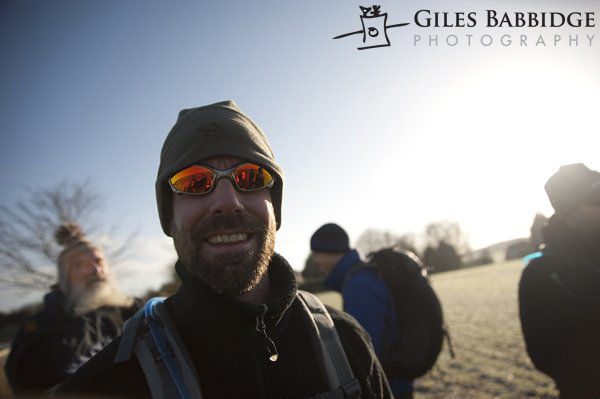
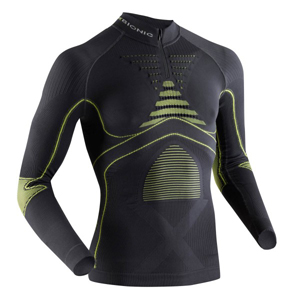
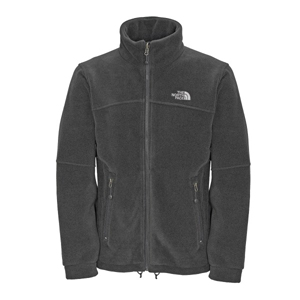
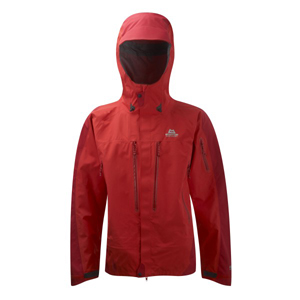

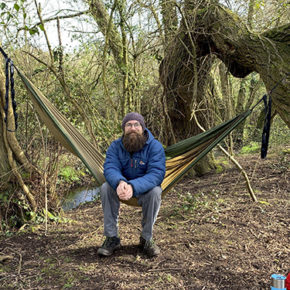
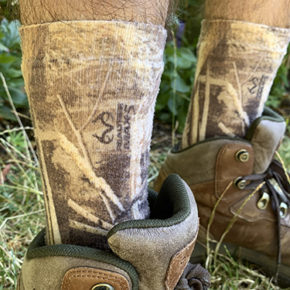
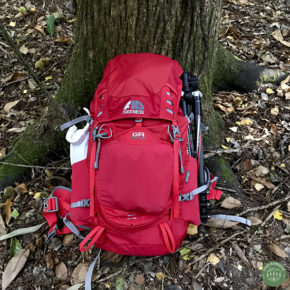

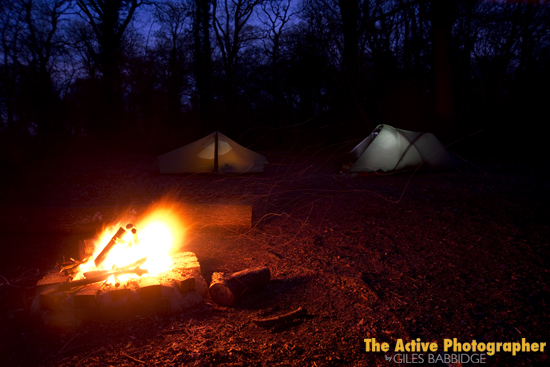


Absolutely spot on, it’s just as I was trained and equipped by HM Armed Forces.
I’ve been out and about in cold weather with people wearing fancy quilted suits, they get too hot and are only able to unzip to cool down, then they get chilled.
Thanks for chipping in, Pete. See, I told you Gareth knows his stuff! Glad you enjoyed the post :)
Thanks for stopping by Pete and for your comments!